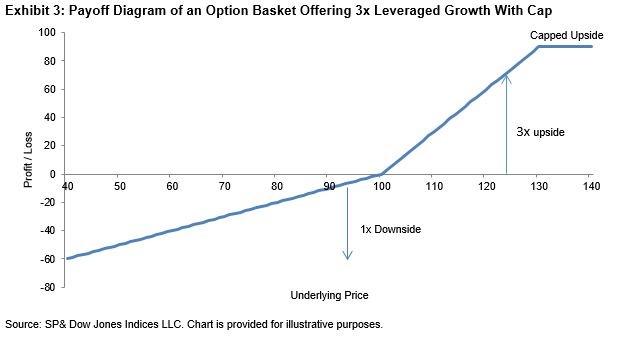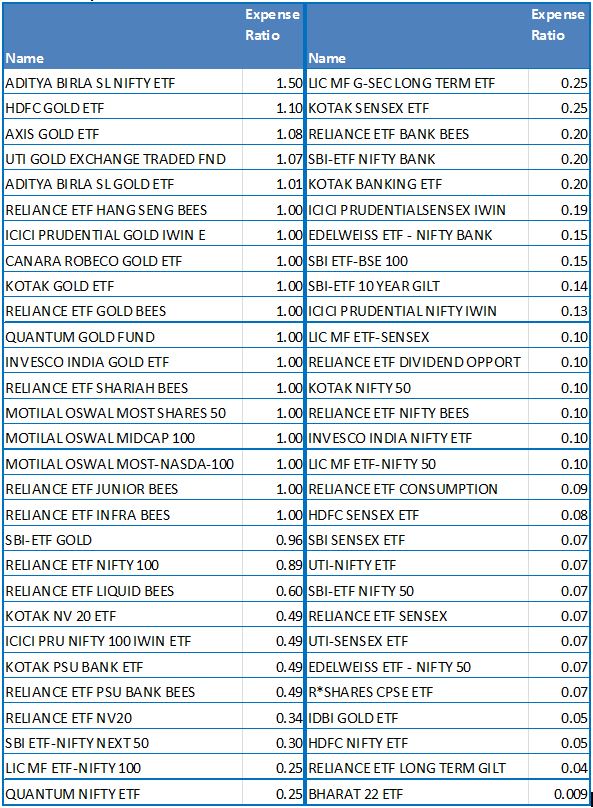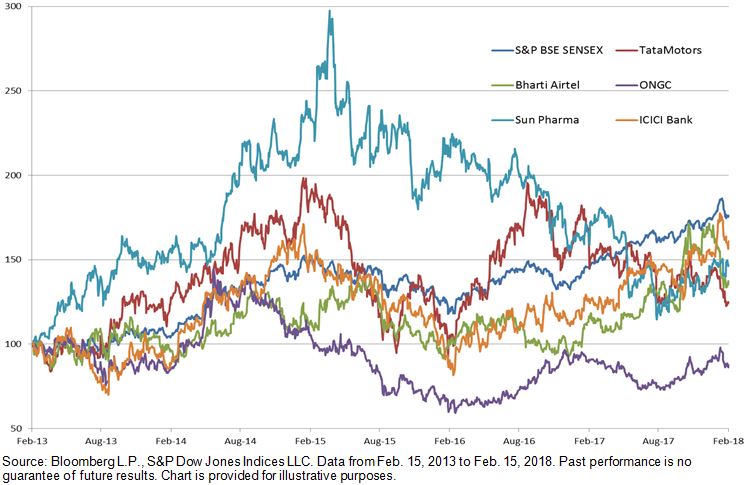What are the steps in selecting a retirement income option? Of course cost is one of the considerations, but did you know ERISA does not require selecting the lowest cost investments? These questions and more are explored in a recent video with Ian Kopelman (DLA Piper), and Tim Kohn (Dimensional Fund Advisors):
What are some best practices for plan sponsors as they discharge their fiduciary duties when thinking about adding an income option to a plan’s menu?
Satisfaction of the Employee Retirement Income Security Act (ERISA) fiduciary responsibilities is process-driven. In other words, in order for an ERISA fiduciary to satisfy his or her fiduciary obligations, it is imperative to establish and follow a process through which the decision maker can determine and analyze its various options on a comparative basis, apply a cost-benefit analysis on each taking into account the various characteristics of the particular plan in question and its participant population, and on that basis, choose the option that the fiduciary reasonably believes best fits the needs of the plan and its population.
When selecting an income option for a plan, this involves:
- determining various potential income options available
- determining the variables of each option (income production, growth, safety, investment to retirement or through retirement, etc.)
- determining the particular characteristics of the plan’s workforce and applying each option’s characteristics to that workforce to find a match
- analyzing past performance of each option to compare each option’s performance equally
- factoring in each option’s cost
- factoring in any legal and other variables
Many items listed above need a standard index for comparative analysis.
How may an asset manager assist in this fiduciary process?
An asset manager may help by providing investment solutions that are low cost, broadly diversified and that follow a transparent investment process. This way, as plan sponsors discharge their fiduciary duties to not only select but monitor those investments over time, they can understand the process and help translate it back to 401(k) or other plan participants.
It is important to note that ERISA does not state you must to staff your investments with the absolute lowest cost or you should use that as it is sole decision-making criteria. The important thing is to make sure that if after the analysis the lowest-cost spread is not chosen, the reason can justify why the lowest cost burden was not chosen – so documenting is crucial.
What current regulatory and/or legislative guidance might be considered when thinking about adding a retirement income option?
This question raises issues relating to plan design and its interaction with legislative and regulatory guidance to determine an appropriate way to further that plan design from a legal standpoint. In other words, the analysis should start with appropriate plan design and once that appropriate plan design is determined on the basis of corporate and retirement needs, a determination should be made as to how the legal and regulatory environment impacts those plan design decisions and the question of how those plan design decisions should best be effectuated.
Thus, the first question one should ask is what the plan sponsor is trying to accomplish with the plan. Presumably, at least one of the goals is to enable participants to efficiently create a source of retirement income. This may be determined at the point of retirement but more often it is being thought of as extending through the participant’s retirement to create a sustainable source of income throughout the participant’s retirement years — the old “to or through” question.
Once this design component has been analyzed, the fiduciary has the legal obligation to prudently select the income fund that best and most cost effectively achieves the end that has been determined on the basis of the plan design. In addition, once the option has been prudently selected, the fiduciary has the legal obligation to periodically review the option selected to ensure that (i) it continues to satisfy the objective on a cost-effective basis, and (ii) other options have not been developed that will more efficiently satisfy the same ends. Once again, this selection and oversight function requires that the option being evaluated be benchmarked against its peers since the decision to select or continue to retain must be made on a comparative basis.
When thinking about retirement what should the industry be doing to help plans and participants access the retirement income focused solution?
First, solutions should be created to focus on what participants want most in retirement, which is to spend their retirement savings to support a desired standard of living. Too many default investments today focus only on growing an account balance and don’t fully address the risks that participants face in retirement which is three-fold, not only the market, but also the effects of inflation and interest rates on one’s savings.
Secondly, plan sponsors and their advisors should be structuring their plan to reflect this standard of living goal. Plans should be looking closely at their Investment Policy Statements to see if they align with the goals of the overall benefits package that would likely benefit from having, as a goal of the plan, an income or outcome-focused goal. When a plan adopts this philosophy, naturally, a goals-based type investment may be considered as the plan’s default.
The posts on this blog are opinions, not advice. Please read our Disclaimers.






















































